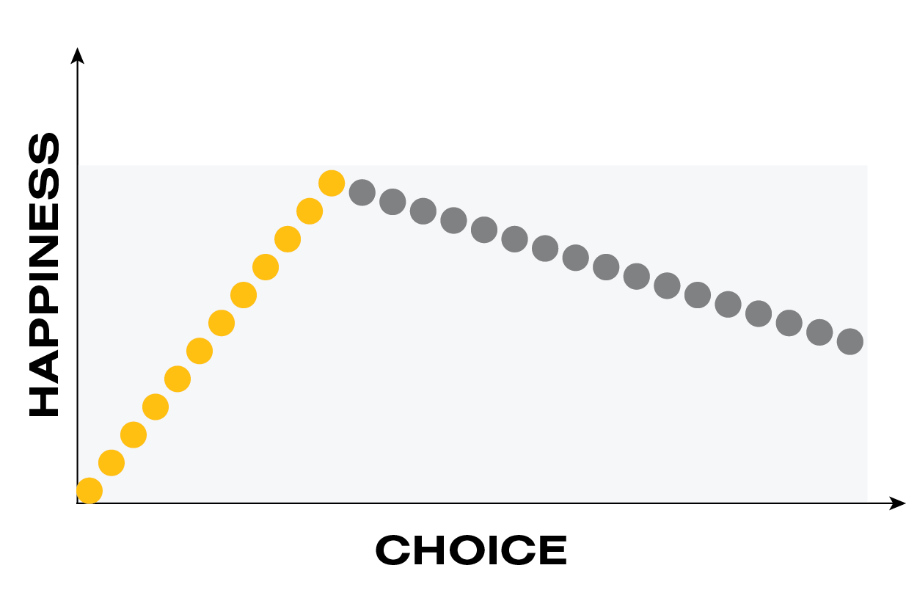
Flexibility is about recognizing and finding a balance between the needs of a diverse workforce and those of an organization

This article was provided by Normandin Beaudry
While the global pandemic has loosened its grip on the world, many of the economic impacts remain readily apparent, especially as it pertains to labour shortages. Some might argue that a hybrid work model is helping companies overcome the challenges related to attracting and retaining talent. Normandin Beaudry opts for a more holistic approach and believes that total rewards—both monetary and non-monetary compensation—are crucial in helping employers set themselves apart in this post-pandemic era.
The pandemic has profoundly redefined the way people live and work, blurring the lines between personal and professional routines. At first, the move to remote work was uncomfortable and isolating for many. But as employees grew accustomed to the flexibility that this new work model provided, attitudes began to shift. In the wake of intense restrictions and lack of autonomy brought on by the pandemic, people have come to demand more choice and freedom in their day-to-day lives and employers are continuing to figure out what’s the optimal balance for today’s reality.
Although there are arguments to be made for both the hybrid and the return-to-office models, the reality remains that employers that offer greater flexibility set themselves apart from their competition. However, flexibility doesn’t just refer to the physical space in which employees work or the hours they keep; rather, it’s a valuable concept that should permeate throughout the total rewards program.
Normandin Beaudry defines flexibility as an employee benefit that’s applied within a total rewards program from working conditions, tasks and responsibilities, support resources, and many other relevant facets. Choice and flexibility aren’t new concepts in total rewards; they’ve existed in the realms of group insurance benefits for decades, and in retirement and savings arrangements for the last 10 years or so. At its core, flexibility is about recognizing the various needs of a diverse workforce and creating balance between the needs of the organization and those of employees.
Total rewards programs—and degrees of flexibility—that an employer offers to its employees should be aligned with the organization’s culture and mission and create value.
Evaluating the conditions for successfully increasing flexibility is a pivotal part of the total rewards process. Employers must consider systems thinking, define the measures of success, conduct cost-benefit analyses, manage stakeholder expectations, weigh operational risks, and be prepared to handle administrative changes or find the right administration partners.
For many organizations, ensuring a minimum basis before providing choices and flexibility to employees, is also a condition for success. In fact, programs like disability and life insurance and the employee assistance program (EAP) support peace of mind and fundamental financial and mental wellbeing. If employees can opt out of these programs, they won’t have minimum protection, which puts their wellbeing and the organization’s reputation at risk.
Communication is a key success factor. Employees need to understand the flexible offerings and total rewards in a relevant, meaningful, and concise manner so they can make informed choices. HRBPs and people managers need to be able to support this understanding. Clear communication helps establish a dialogue between organizations and employees, facilitating and amplifying the desired corporate culture.
Offering choices is an advantage for both candidates and employees. However, as the Paradox of Choice[1] by Barry Schwartz explains, too many choices aren’t necessarily better as we may be afraid of making the ‘wrong’ decision, take the easiest (or default) choice or make the same choice as before. The selection process can become stressful, and people tend to become dissatisfied with their selections in the long run.
A major component of establishing appealing benefits offerings is identifying the balance between providing employees with enough options that they feel their needs are recognized and met, without overwhelming them.

Finding that balance (How much is too much? How little is too little?) will vary from one organization to another. It may evolve over time as the organization evolves. What’s possible now may not be possible in the future and vice versa. It also may vary between employee groups according to the support that can be provided for decision making.
Employers that reset their employee experience by moving away from fixed or rigid practices to more flexible approaches can better compete for talent and stand out to attract the best. By making the shift, employers are promoting autonomy, empowerment, and trust, as offering choices is an advantage in itself. Aligning and painting a clear total rewards roadmap and deciding on the degree of flexibility that’s best for your organization is paramount.

Lucie Guindon, M.Sc., CPHR, Senior Principal Compensation practice, Normandin Beaudry, is a seasoned total rewards leader with more than 20 years of experience in HR and has worked for a broad range of companies of various sizes and industries across Canada.
Known for being pragmatic and insightful, Lucie has developed a reputation as a builder due to her expertise in creating or revamping total rewards programs at all levels, including strategic alignment, program design, job architecture and salary structures, short- and long-term incentives, executive compensation, expatriate employees’ compensation, and health and wellness programs. Lucie joined Normandin Beaudry eager to support clients in their various projects and share the experience she’s acquired over the years.

Matthew D. Pavelich, B.A., GRDIP, Senior Principal, Communication practice, Normandin Beaudry, is a consultant in communication who has a deep understanding of and appreciation for total rewards. He has more than 20 years of experience helping employers of all sizes and in all sectors: public, para-public and private. Matthew helps employers (and other plan sponsors) meet their HR and organizational objectives through:
Matthew translates complexity into friendly communication that supports comprehension, engagement and action. He helps maximize the understanding and appreciation of various HR programs (cash compensation, group benefits, pension plans, stock plans, performance management, engagement, etc.). Matthew is also a Prosci certified change management practitioner.
[1] The Paradox of Choice – Why More is Less (Barry Schwartz)
When Choice is Demotivating: Can One Desire Too Much of a Good Thing?
Journal of Personality and Social Psychology, 2000, Vol. 79, No. 6, pp. 995-1006